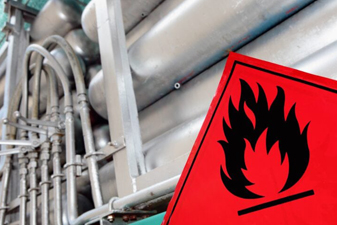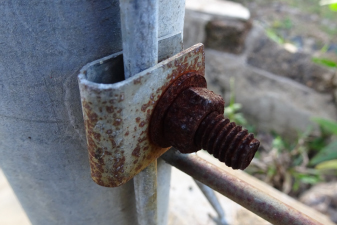
What Is Galvanic Corrosion?
In previous posts, we have discussed the different types of corrosion and how detrimental corrosion can be to a conduit system…
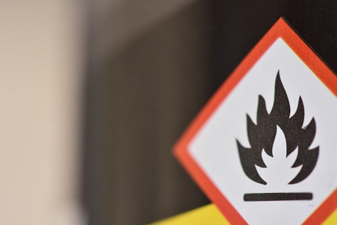
Is RMC Approved for Hazardous Locations?
The National Electric Code (NEC), National Fire Protection Association (NFPA) 70,….
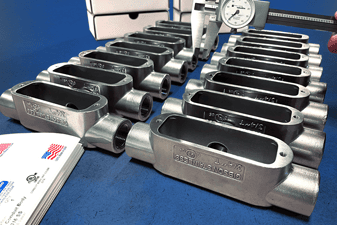
How Form 7 and Form 8 Conduit Bodies Differ
The conduit body is a key component of the raceway system, allowing for changes in the direction and bundling…

Material Selection in a Post COVID World
The year 2020 saw businesses redefining their health and safety practices. In response to the COVID-19 pandemic…

Stainless Steel in the Food and Beverage Industry
As cleanliness is more important than ever, stainless steel has become the number one choice to meet the challenges in the food and…
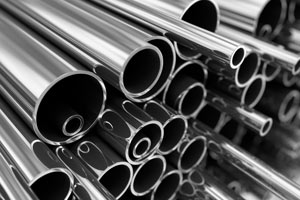
What is the Difference Between 304 and 316 Stainless Steel?
The 300 series of stainless steel contains the two grades most often used in the electrical and mechanical industries…
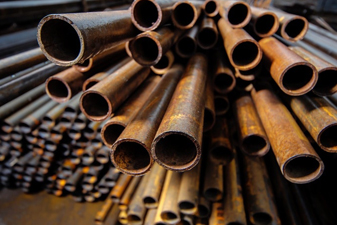
Corrosion Types and Prevention
In a previous post, we discussed the basics of corrosion — from the fundamental chemical reaction to the types…


